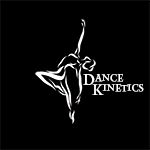Focused on injury prevention and technique
Dance Kinetics is a dance studio focused on technique and injury prevention. We strive for our students to have a good understanding of the fundamentals of dance to help protect them from injury.
What do our dancers really learn?
We teach so much more than dance!
When a child starts taking dance classes, they learn how to move their body, how to listen to music, and life lessons like waiting in line, taking turns, and are typically more confident. They learn discipline, dedication, time management, teamwork, self confidence, creativity and they also make life long friends! We are excited to pass along our passion for dance to the next generation of dancers!

“Great dancers are great because of their passion.”
~Martha Graham
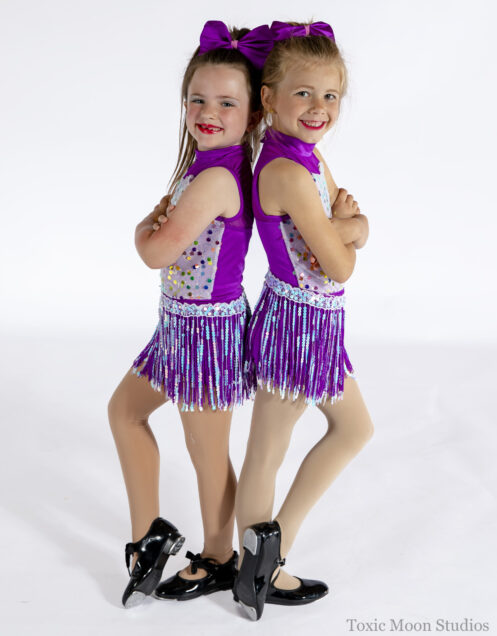
BALLET
The core of dance
Ballet has a history dating back to the 15th and 16th centuries. The etymology of the word “ballet” reflects its history. The word ballet comes from French and was borrowed into English around the 17th century. The French word in turn has its origins in Italian balletto, a diminutive of ballo (dance). Ballet ultimately traces back to Italian ballare, meaning “to dance.” Ballet is knows as the most graceful form of dance and is the building blocks of other styles of dance.


JAZZ
The versatile form of dance
Jazz is a flowing and free form of dance that have many different variations of the genre. Now a days Jazz can be seen on Broadway, in movies and music videos and many other places. Jazz dates back to the 1800’s and was very popular in New Orleans when Jazz music first hit the scene. When this style first came about, it was more improvisation than choreographed movements. In the early days choreographers would use highly trained dancers to perform the difficult movements that have made Jazz dance the sensation it is today.
TAP
The percussive form of dance
Tap originated in the 19th century when slave owners took away the slave’s percussive instruments, so slaves turned to percussive dance to express themselves. The early forms of tap shoes had wooden soles and pennies or nails on the toe and heel of the shoe to produce the sound. As tap has grown in popularity over the years it has also developed many different forms, such as rhythm tap (jazz) tap, classical tap, Broadway tap, and post-modern tap. Tap has definitely progressed over the years, but the basics are still the same. Tap is also one of the only forms of dance that can be performed without music.
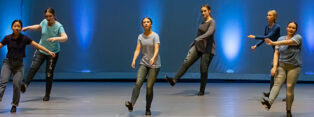
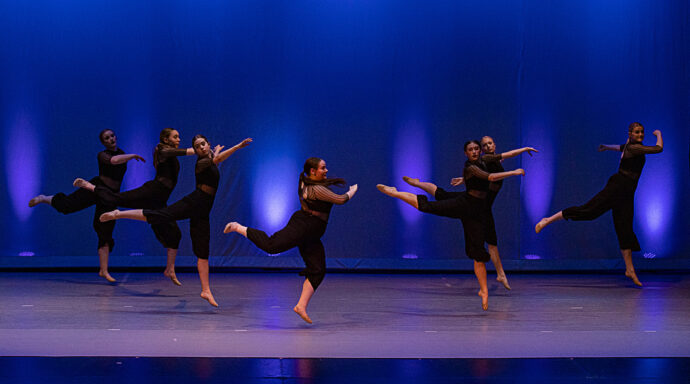
Contemporary
Contemporary dance was developed in the mid-twentieth century. It combines the strong controlled leg word of ballet with the upper body technique of modern dance. There is typically lots of floor work, jumps, and turns. Contemporary dances will typically be abstract.
Lyrical Dance
Lyrical dance combines ballet, jazz, and acro. It is faster than ballet, but not quite as fast as jazz and will typically tell an emotional story. This style of dance is widely popular, and while the history isn’t as straight forward as other genres of dance, it’s said that lyrical dance was created so ballet could take the stage in the competitive dance world. This form of dance is mainly used in the competition world and is more of a movement type more than a style of dance.
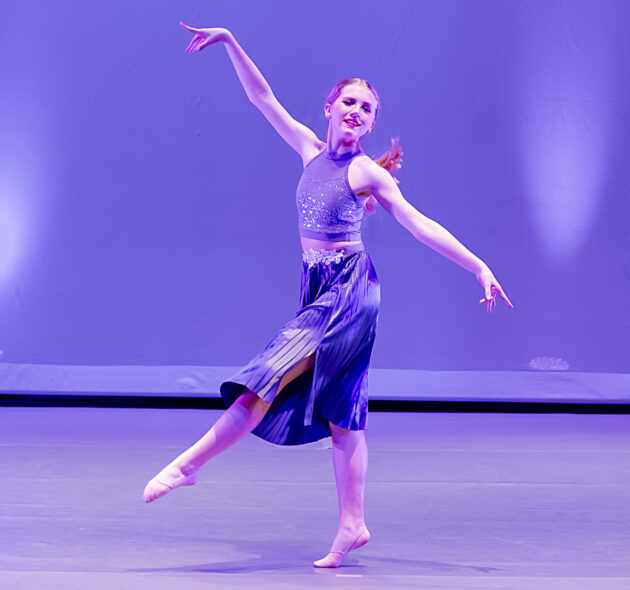


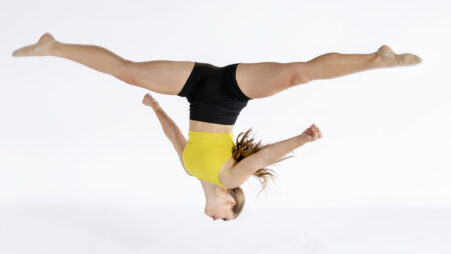
Acrobatics (Acro)
Acrobatics or acro is similar to gymnastics. Dancers will learn tricks like front walkovers, aerials, back walkovers, and other variations of cartwheels, lifts, and other tricks. This is also used for strength and conditioning as it takes a lot of strength and power to complete some of these movements.
